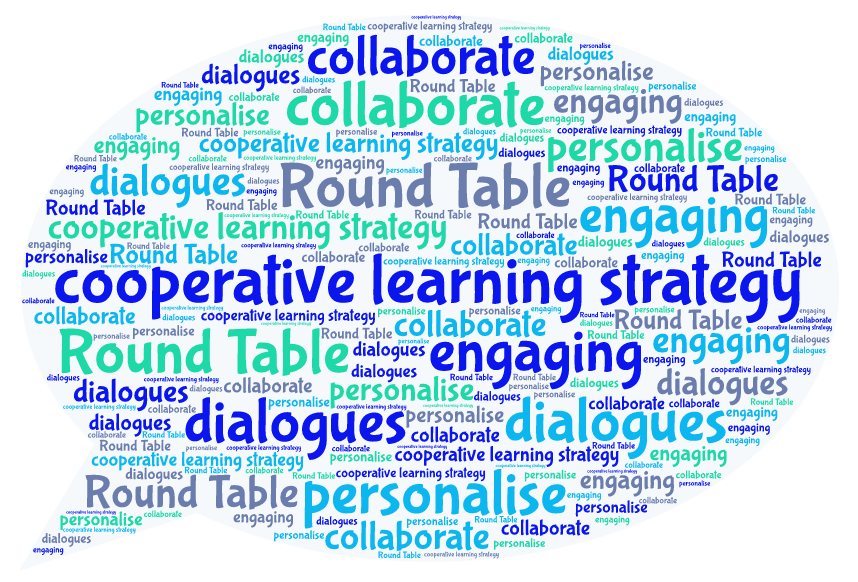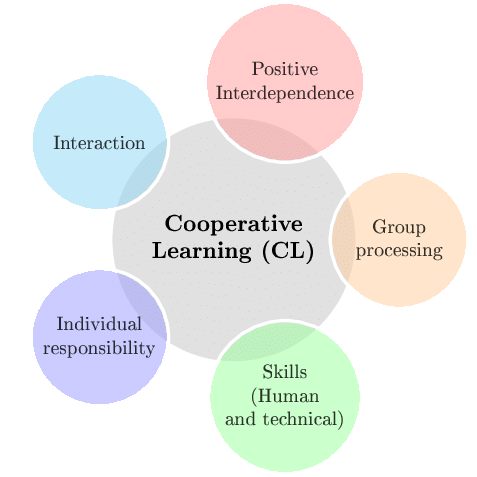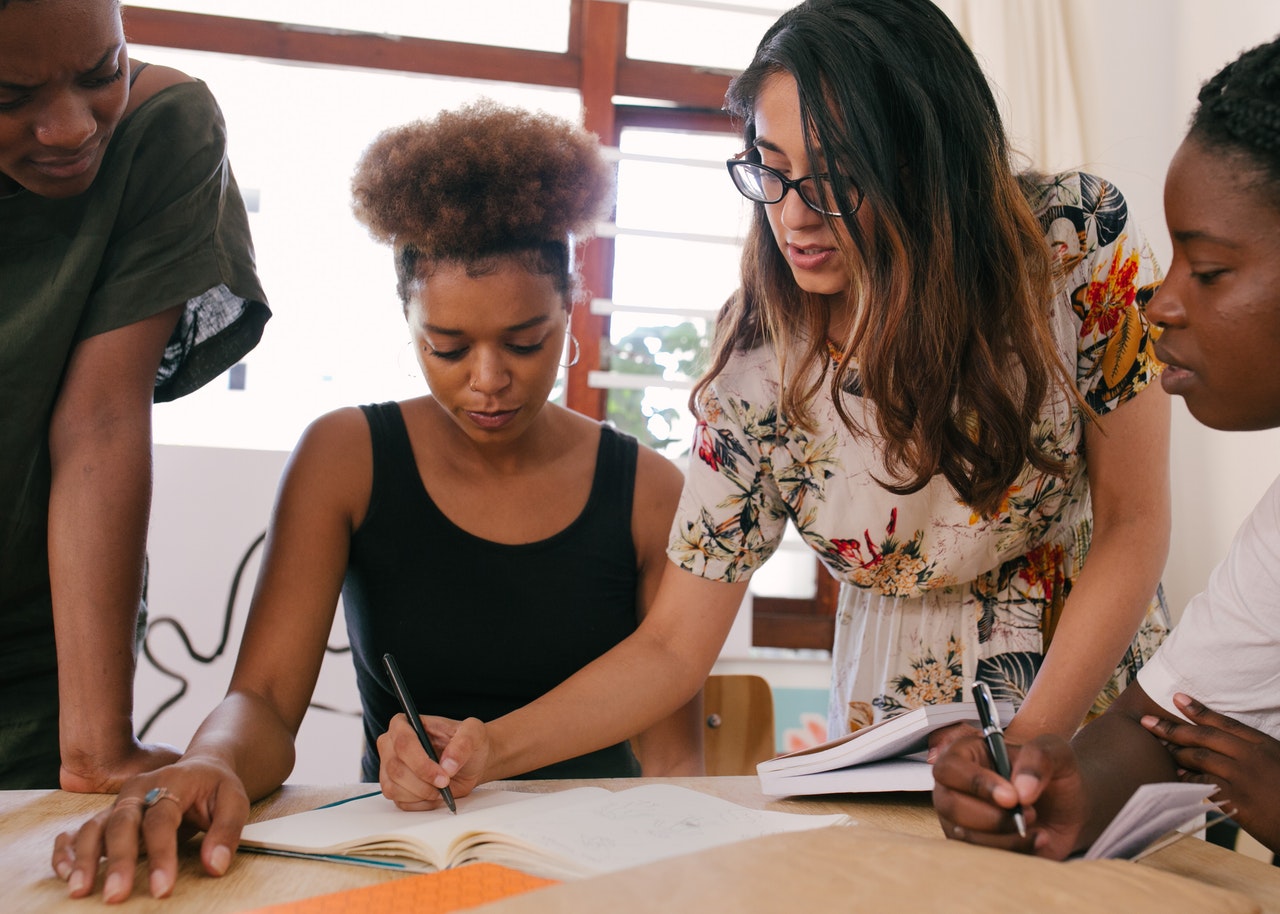What is Cooperative Learning?
Cooperative Learning is a group learning activity organized in such a way that learning is dependent on the socially structured exchange of information between learners in a group. It is a technique in which groups are made out of students with different levels of ability and they are assigned a task as a learning activity to improve understanding of a concept. The main purpose of this is not just to learn what is taught but also help other teammates learn and understand. It’s many benefits is the development of social skills through team building and it is not only to sit student together and talk to each other, it is much more than sharing information, discussing contents and helping other students. It develops a deep insight and understanding about the subject.

Why Cooperative Learning?
There are many reason why this can be helpful, research has shown that this can increase student’s retention. It increases students satisfaction with the learning experience. As we know this includes lot of communication, students can improve their communication skills and can learn to be extrovert by developing social skills. This can also boost student’s self-esteem, learning and academic achievments. This builds positive relationships among students which is important for creating a learning community that values diversity.
5 Elements of Cooperative Learning

As we saw this is very useful method of learning but it can only be more productive than competitive and individual effort if all below given conditions are met.
Positive Interdependence
This means students should have a common goal and should get joint reward at end. Additionally, active participation of all students is required for group success as information and material is shared. Each student in group should make a unique contribution in which they excel.
Face-to-Face Promotive Interaction
Group discussion can really help in motivating other students in group to learn and contribute. Discussion can include oral explanation of how the problem can be solved, sharing knowledge to others, can ask questions to check others understanding of the concept and share stories to connect the present with past learning.
Individual & Group Accountability
Group size should be small which increases individual responsibility. Give individual test to every member of group and randomly calling a student from group and ask to present his or her work to other group in front of instructor. Keeping a record of frequency with which each student contribute to the group work. Also, one student from group can be assigned a role of checker who can ask other members to explain the reasoning for underlying answer. This techniques will prevent group from social loafing and students will learn to take proper responsibilities.
Skills
Social skills such as effective communication, leadership, decision making, trust building and conflict management skills must be taught,
Group Processing
Analyze learning task and social skills. Self assessment of group needs to be done to understand who is team player and who need more learning. Group members can discuss how well they are doing to achieve the goal. They can discuss what actions will be helpful and what will be waste of effort. Can make decisions about what behaviours to continue or change.
How can this technique ?
I think working in group is most important thing when you are learning something new as you can learn and clear your doubts with others in group, that’s the reason I prefer to work in a group whenever I am assigned a project. We are developing elementary mathematics course for students of grade 2, I think it not easy for kids of this age to start a group task and so I won’t force my team to take this approach of teaching. All though, I would insist to keep at least one or two group activities which are done in front of instructor so students can get help. I think its always nice to get hands dirty early in the age and that why I want to give a bit of exposure to students. Activities such as ordering number in ascending or descending order, some game which can improve their knowledge of operators such as addition and subtraction.


